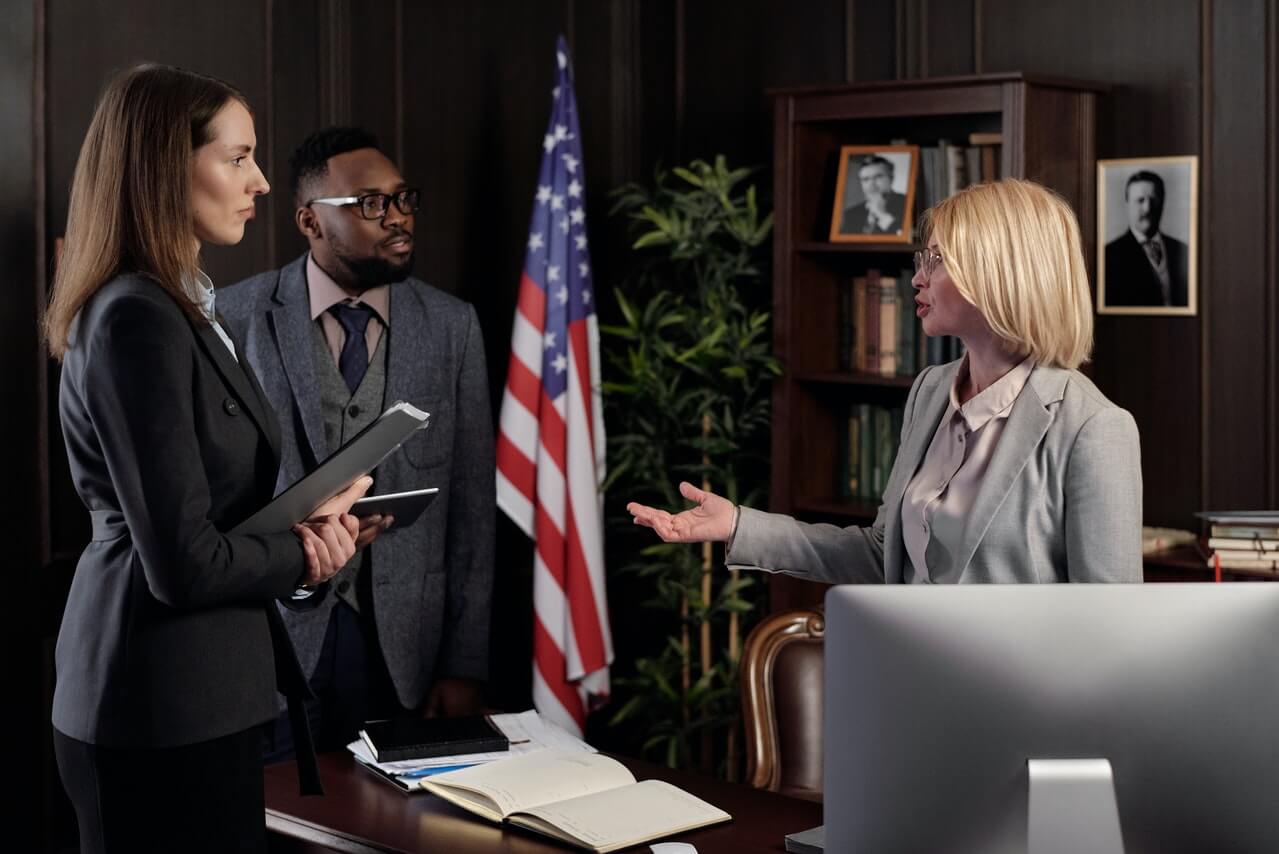Recap from VUCA – A Leader’s Dilemma
A multinational organization faces a major structural reorganization that contains significant functional changes and leadership challenges. Facing the Volatility, Uncertainty, Complexity, and Ambiguity (VUCA) are four leaders responsible for implementing a significant part of the organizational change without losing strategic momentum.
Finding VUCA Prime
Like most organizations, the act of bringing in a high-profile external consulting firm eight months ago signaled to every executive in the business unit that significant change was possible. Without question, they each had their own story of what that would or should entail. Seated around the table were four corporate leaders who knew the nature and extent of the impending reorganization before it was announced. Their task was to make it happen without losing focus, momentum, and direction – to change horses at a full gallop over rough terrain without falling off.
The conversation was at first intense, but not adversarial. Dave, my client, led his colleagues in a lively dialogue that confirmed the key volatilities, uncertainties, complexities, and ambiguities – VUCA – that we had previously discussed. Increasing destabilization in any one of the four VUCA elements could have a negative snowball effect, yet stability was neither possible nor helpful.
In VUCA situations, the destabilizing events impact different parts of the system differently. Actions that amplify (increase) the positive and dampen (decrease) the negative help leaders harness the instability and act their way forward, learning as they go. Identifying and applying these two types of interventions is a major challenge and opportunity for leaders in a VUCA world. Enter VUCA Prime – Vision, Understanding, Clarity, and Agility. VUCA Prime is the contribution of Bob Johansen,[i] emerging from his work with corporate, military, non-profit, and government leaders as they navigated their VUCA challenges. They suggest where and what to amplify and dampen within a VUCA situation.
The forces of VUCA and VUCA Prime exist in dynamic equilibrium, and leaders can balance the energy of either side with its complement. The dynamic interplay of VUCA and VUCA Prime generates the energy that can drive organizations to adapt, change, and evolve with the conditions of their environment (the sum of the political, economic, social, technological, and government/regulatory background). As the five of us pondered what to do next from a leadership development perspective, we began to see places within the current and new organization that needed less Volatility and others that needed more Volatility. In both cases, Vision was a complementing force that we could work with. With the group’s input, Dave and I designed a leadership development plan for the executive team as part of the restructuring kick-off and the 2011 goal-setting and planning process. The exercises we used set the conditions for the executive team to think and act in new ways.
Lessons for Leaders
Useful methods for weaving together the dynamic forces of VUCA and VUCA Prime (the weaving is represented by the infinity symbol) include:
Volatility ∞ Vision: Future Back
- An exercise that views today from the perspective of the desired future and creates milestones for getting there
Uncertainty ∞ Understanding: Adaptive Change Model[ii]
- This model of change weaves together the transactional/doing aspects of change and the transformational/relational aspects of change
Complexity ∞ Clarity: Sensemaking
- A method of tuning in to weak signals in the environment, searching for what might be possible in order to act with informed sensibility
Ambiguity ∞ Agility: Safe Fail and Ritual Dissent
- An exercise that combines rapid prototyping of ideas and action with the practice of listening to the creative criticism it generates
Next Blog Post
Leading the dynamic between Volatility and Vision.
[i] Bob Johansen, Getting There Early, 2007, Berrett-Koehler, San Francisco.
[ii] http://noetic.org/library/publication-articles/adaptive-organization/
Dr. Carol Mase integrates business and biology to offer clients novel tools and methods for adaptive change, leadership, and organizational effectiveness.
President | Cairn Consultants
Carol@CairnLLC.com | 215.262.6666
www.CairnConsultants.com | www.Knowesys.com
Skype: carol. mase
 Sections of this topic
Sections of this topic
















